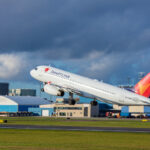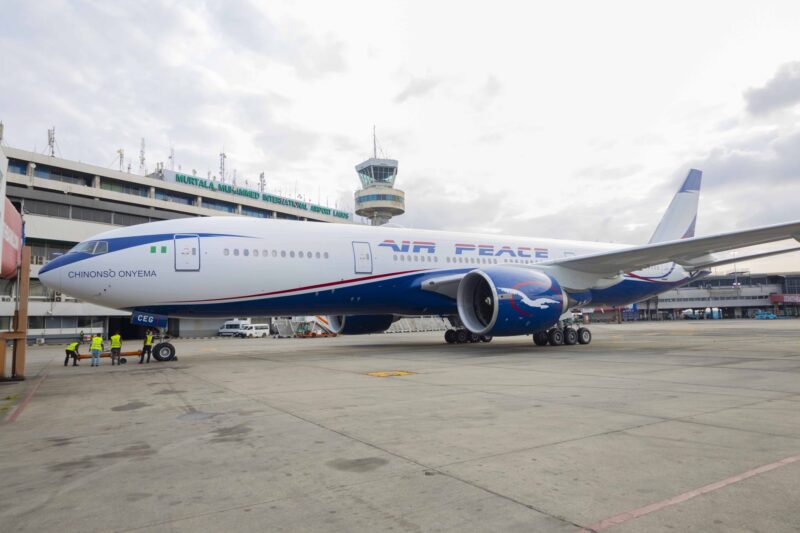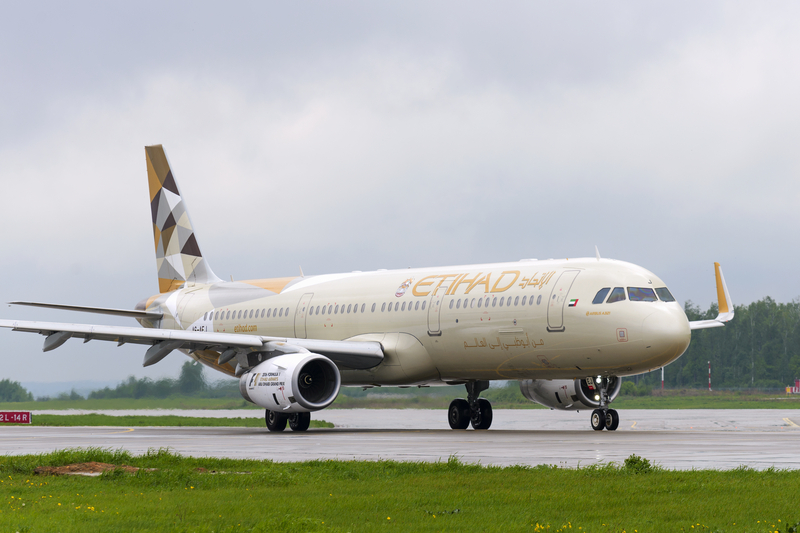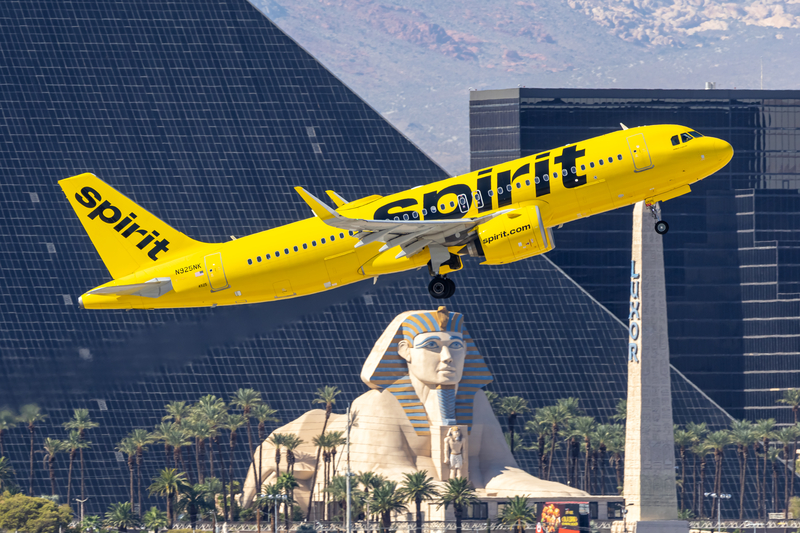Near-Miss Incident Involving EasyJet Flight Over Egypt
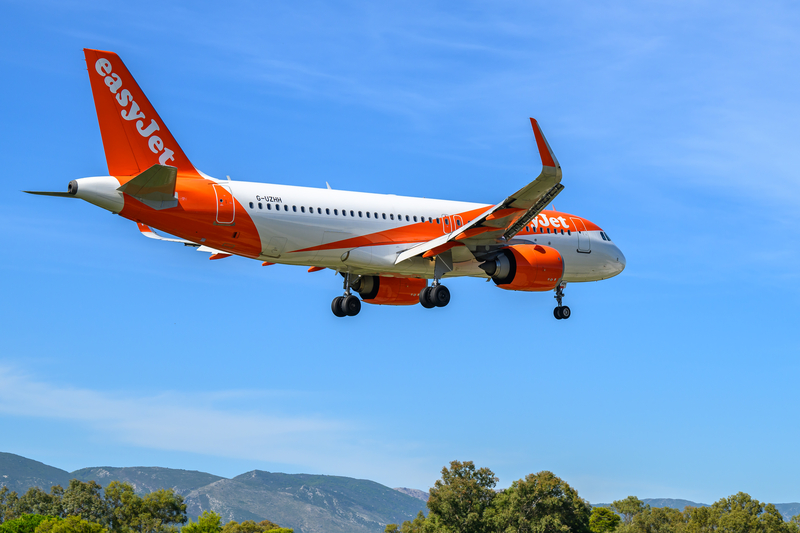
ID 341602368 © Andrew David Periam | Dreamstime.com
On February 2, 2025, an EasyJet Airbus A320-200 narrowly avoided a potential catastrophe while descending towards Hurghada International Airport (HRG) in Egypt. The flight, operating from London Gatwick Airport (LGW), was carrying 190 passengers and crew members when it encountered a critical terrain proximity warning. This near-miss incident has raised significant concerns regarding approach procedures and situational awareness during nighttime descents in complex terrain environments.
Aircraft Involved
The aircraft in question was an Airbus A320-214, a twin-engine, narrow-body airliner known for its reliability and efficiency in short- to medium-haul operations. The A320-214 is equipped with CFM56-5B4/3 engines, manufactured by CFM International, and features advanced avionics, including a full glass cockpit with Electronic Flight Instrument System (EFIS) displays. The aircraft, registered under EasyJet, was operating under standard commercial service parameters with a routine approach profile before the incident unfolded.
Flight Path and Descent Phase
The flight was in its final approach phase to Hurghada International Airport (HRG) when the Ground Proximity Warning System (GPWS) issued an urgent alert, prompting immediate action from the flight crew. Reports indicate that the aircraft had deviated from its prescribed STAR (Standard Terminal Arrival Route), bringing it dangerously close to mountainous terrain south of the airport.
Hurghada is located on Egypt’s Red Sea coast, with surrounding topography that includes mountainous regions that require strict adherence to published approach procedures. The ILS (Instrument Landing System) approach to Runway 34 at HRG is typically used for precision landings; however, in cases of non-precision approaches, pilots must rely on RNAV (Area Navigation) or VOR (VHF Omnidirectional Range) approaches.
In this instance, it remains unclear whether a misinterpretation of altitude constraints, ATC vectoring, or pilot situational awareness contributed to the aircraft’s deviation towards rising terrain.
Crew Response and Avoidance Maneuver
The Ground Proximity Warning System (GPWS), a crucial last-resort safeguard against Controlled Flight Into Terrain (CFIT), issued an immediate “TERRAIN, PULL UP” command. The Captain, who was Pilot Flying (PF), executed an aggressive TOGA (Takeoff/Go-Around) maneuver, pitching the aircraft up and applying full thrust to quickly gain altitude. This rapid climb successfully averted potential impact, clearing the terrain by what is believed to be a critical margin.
Following the evasive maneuver, the crew coordinated with Hurghada Approach Control and realigned for a second approach, ultimately landing safely at HRG approximately 15 minutes later than scheduled. Passengers were not immediately informed of the nature of the incident, and there were no reported injuries or aircraft damage.
Possible Causes Under Investigation
Investigations into the incident are underway, with aviation safety authorities examining several potential factors, including:
- Crew Decision-Making & Situational Awareness: Whether the flight crew misjudged the descent altitude or approach path, potentially due to fatigue or misinterpretation of approach plates.
- ATC Instructions & Communication: The role of air traffic control in vectoring the aircraft and whether there were miscommunications regarding the correct approach.
- Navigation & Automation Factors: Whether any discrepancies in the Flight Management System (FMS) programming contributed to incorrect descent altitude selection.
- Charting & Terrain Awareness Training: Evaluating the adequacy of training for night approaches in complex terrain areas, especially at airports with challenging topography.
Aviation Safety Implications
This event underscores the ongoing risks associated with Controlled Flight Into Terrain (CFIT), one of the leading causes of fatal air accidents. The aviation industry continuously works to mitigate such risks through technological advancements such as:
- Enhanced Ground Proximity Warning Systems (EGPWS), which provide earlier terrain alerts.
- Synthetic Vision Systems (SVS), enhancing cockpit displays with real-time topographical awareness.
- Crew Resource Management (CRM) Training, improving decision-making and communication in high-stress scenarios.
- Reinforcement of Approach & Descent Standard Operating Procedures (SOPs), ensuring strict adherence to terrain clearance requirements.
Bottom Line
The near-miss incident involving EasyJet’s Airbus A320 on approach to Hurghada International Airport (HRG) serves as a stark reminder of the importance of adherence to precision approaches, strict altitude awareness, and prompt response to GPWS alerts. While the flight crew’s immediate corrective action successfully averted disaster, this event highlights the necessity for continued advancements in pilot training, automation reliability, and approach procedure compliance. Aviation safety regulators will closely examine this case to ensure lessons are learned and future incidents of this nature are prevented.
